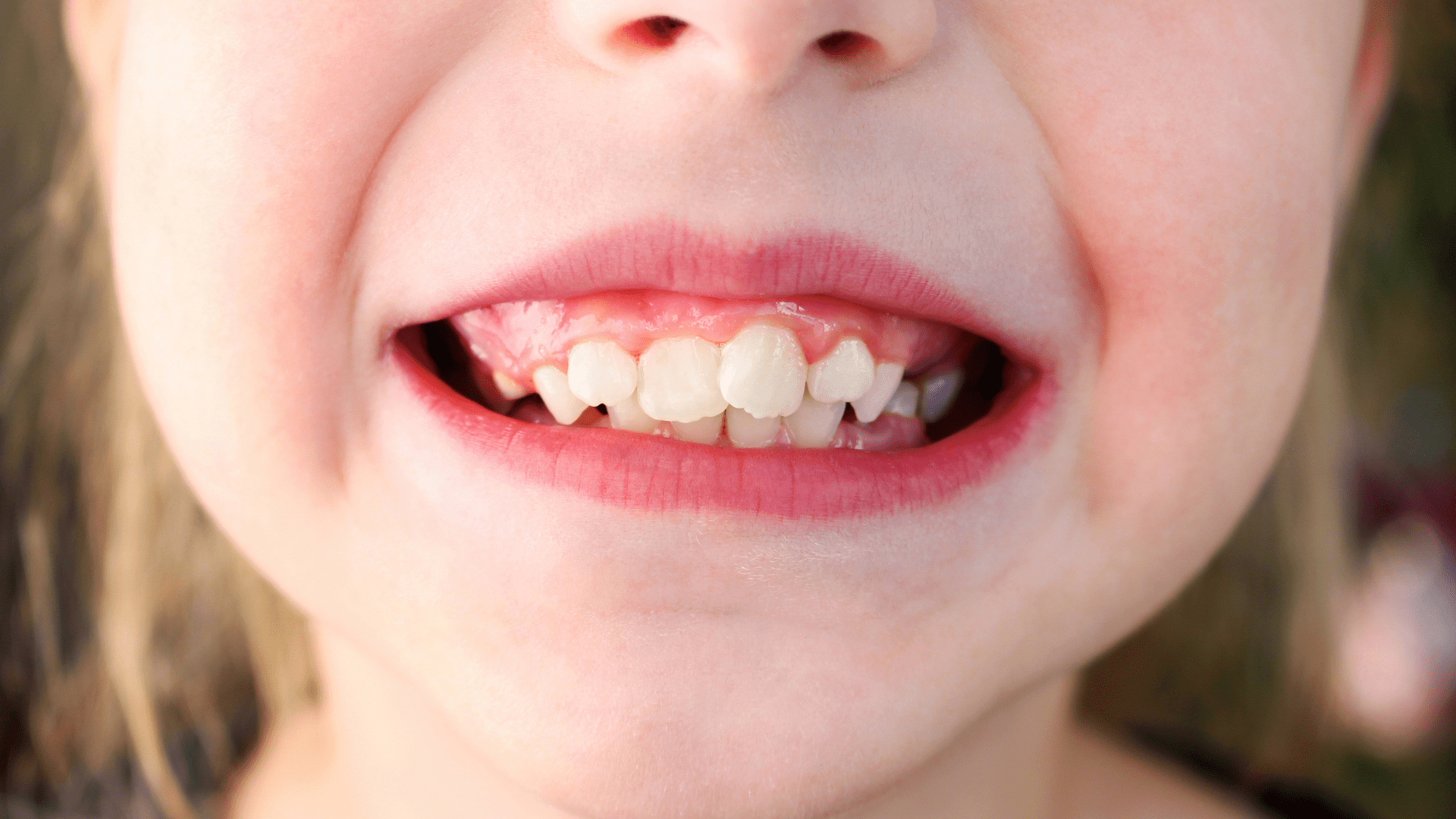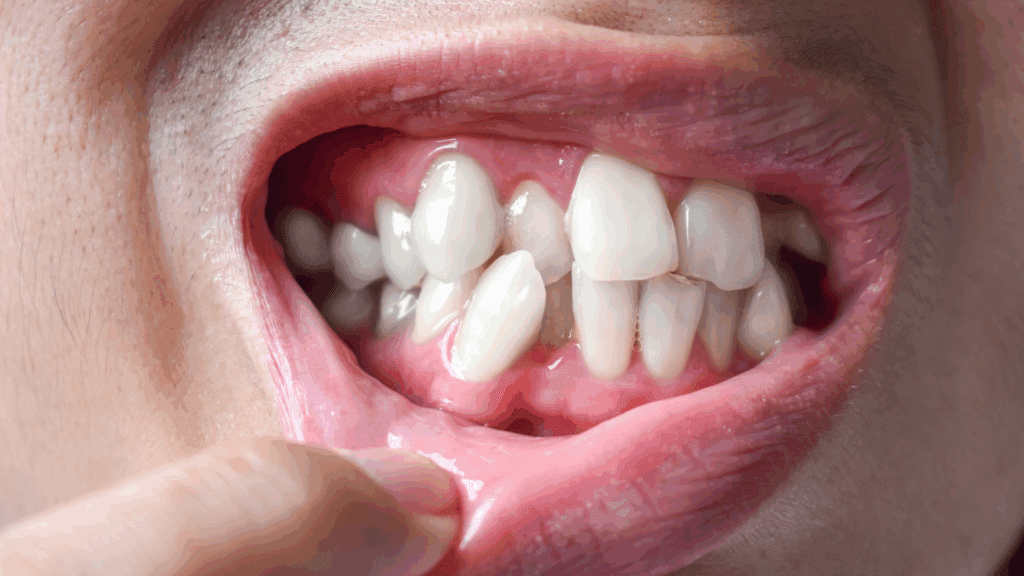
Are you noticing that your child’s teeth are overcrowded? Crowded teeth are common in children, leaving many parents wondering if it means they’ll need braces in the future. Crowding is highly treatable, and early detection of crowding gives your child the best chance for a healthy and confident smile. Let’s take a look at why teeth crowding happens, what it means, and how orthodontics can help to correct this natural and common occurrence.
Are you in the New Haven/Shoreline area and have questions about crowded teeth and orthodontics?
A free consultation with Dobie Revolution Orthodontics is always available.
Introduction to Teeth Alignment in Kids
Children's teeth are supposed to follow a certain path as they grow, with the baby teeth making way for adult teeth in a smooth transition. Sometimes, children's jaws simply don't have enough room for all of the new teeth and they begin to overlap or come in at unnatural angles.
While aesthetics of how your child’s teeth look might be the main concern of overcrowding, it can also cause oral hygiene issues or discomfort for your child. Addressing the crowding early makes treatment easier and more effective, and can prevent more serious dental problems later on in life.
Types of Teeth Misalignment
Crowding is a type of malocclusion, the technical term for “bad bite”, but it can appear in varying forms depending on the severity and how the rest of your child’s bite is functioning.
Mild Crowding
Mild crowding is often slightly overlapping or rotated teeth, and can be hard to spot without a dental exam. Even mild cases can lead to oral hygiene issues if plaque is building up in tighter spaces.
Moderate to Severe Crowding
Moderate to severe overcrowding is classified by teeth significantly overlapping or some teeth coming in behind others. This type of crowding can push teeth out of their positions and could even prevent some teeth from erupting entirely.
Crowding with Other Bite Issues
Crowded teeth can also be accompanied by other bite issues like overbites, underbites, or crossbites. These cases are a bit more complex and usually require comprehensive orthodontic assistance to bring the teeth back to proper alignment.

Spotting the Early Signs Your Kid Will Need Braces
For parents, early detection of orthodontic issues in your child’s oral health makes all the difference. At dobie revolution orthodontics, we highlight some of the key signs that your child may need braces
Causes of Misalignment
There’s no single reason that children’s teeth become crowded, it’s usually a mix of genetics, development, and habits. Here are a few of the common causes.
Genetics
Crowded teeth usually run in family genetics. If you or your partner needed braces for similar issues, odds are that your child inherited the same jaw-to-tooth size ratio.
Early Loss of Baby Teeth
If your child has a baby tooth that falls out too early due to injury or decay, the surrounding teeth can drift into that open space. This will leave less room for the adult teeth trying to come in behind it.
Delayed Tooth Loss
On the other hand, if baby teeth stay in for too long they can block the natural path of the permanent tooth or teeth, causing them to erupt at an angle or stay trapped below the surface.
Jaw Growth and Oral Habits
There are common child habits that can affect the development, such as thumb-sucking, tongue thrusting, or prolonged pacifier use. These can influence jaw growth and change how much space there is for teeth to come in. Mouth breathing could also play a role by changing the way your child’s face and jaw develop.

Signs that Suggest the Need for Orthodontic Evaluation
In some cases it can be easy to spot crowding in children’s teeth, other times, it’s less obvious. Here’s what to watch out for:
Overlapping or Crooked Teeth
The most visible sign is teeth that look like they’re stacked, rotated, or don’t seem to have enough space.
Trouble Flossing or Brushing
If your child is having trouble reaching certain spots while brushing or can’t get the floss between certain teeth, crowding might be making oral hygiene more difficult.
Permanent Teeth Coming in at Odd Angles
Teeth that are coming in sideways, behind other teeth, or are delayed in their eruption could be signaling that there isn't enough room for them to come in correctly.
Jaw or Tooth Pain
Crowding may cause discomfort in the jaw or make it hard for your child to chew, especially if teeth are pushing against each other. If you’re unsure, an orthodontic evaluation can give you clarity on what’s going on.
Orthodontic Treatment Options
If you notice crowding in your child’s teeth, don’t worry! There are many effective orthodontic treatments available to help. The right treatment will depend on your child’s age, the severity of the crowding, and their stage of dental development.
Braces
Braces are the most widely known option for effectiveness when it comes to crowding. By applying gentle pressure over time, braces guide the teeth into their ideal alignment and create space where needed.
Palatal Expanders
Expanders are used mostly for younger children, they help widen the upper jaw to make more room for permanent teeth to come in naturally. This is a common tool in early interceptive treatment for crowding.
Clear Aligners
Clear aligners are an option for certain cases of crowding, especially in older children or teens. Aligners like Invisalign are used to treat mild to moderate crowding more discreetly than braces.
Tooth Extraction
For more severe cases of crowding, removing a tooth or maybe multiple teeth may be the most effective way to create the needed space. This method is usually only considered when crowding is so intense that shifting the teeth alone won’t create enough room.
Benefits of Early Orthodontic Intervention
So, when should you act? The American Association of Orthodontists recommends a first orthodontic checkup by age 7. Why so early?
Catch Problems Before They Get Worse
Even if your child still has their baby teeth, an orthodontist can spot the early signs of crowding and take early action to avoid more complicated treatments later down the line.
Shorter, Simpler Treatments
Early treatment usually means less time in braces when they are teenagers. Interceptive care helps to make everything more efficient.
Healthier Teeth and Gums
It’s no secret that straight teeth are easier to clean. Addressing the overcrowding early makes it easier to maintain better oral hygiene as a child and into adulthood.
try the dobie revolution video game!

What to Expect During Treatment
Wondering what the orthodontic treatment process looks like? Here’s a quick overview:
Step 1: Consultation
At your child’s first visit, we’ll take X-rays, photos, and potentially a 3D scan to evaluate how crowded the teeth are, and what’s happening under the surface.
Step 2: Personalized Treatment Plan
Every dental situation is different. Based on the initial exam, we’ll recommend a treatment plan that matches the specific needs of your child. This could be anything from monitoring growth or starting braces or expanders.
Step 3: Regular Check-Ins
Once your child’s treatment begins, we’ll see them regularly to make adjustments, track their progress, and make sure everything is staying on track. Orthodontic treatment is a team effort, and we’ll be here every step of the way.
Ready to Take the Next Steps?
Don’t worry if your child’s teeth are crowded, it’s a very common dental issue that many children deal with. At dobie orthodontics, we won’t make you guess what’s next, we’re here to evaluate and explain treatment steps so that your child ends up with a happy, healthy smile.
Schedule your child’s consultation today and let’s create the space their smile needs and deserves!













